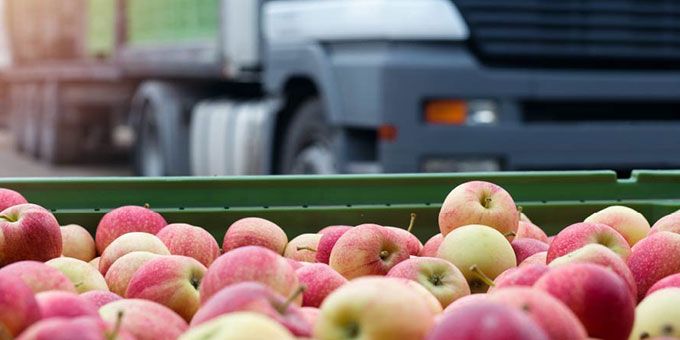To fully control their food supply chain, companies should ensure the reliability of demand forecasts, use historical data to inform anticipated lead times, create and maintain a safety stock, and utilize software to attain precision and dependability.
 Four Strategies for Food Supply Chain Management
Four Strategies for Food Supply Chain Management

Article from | FoodLogiQ
With existing and emerging issues with supply chain coordination, companies have had to put extra thought into optimizing their supply chains. The food industry is known to have a complex web of supply chains that span multiple levels. In 2021, the food service and retail verticals supplied $2.12 trillion worth of food. It’s a massive industry that has been hit hard by shortages, inflation, and supply chain disruptions.
To fully control their food supply chain, companies should ensure the reliability of demand forecasts, use historical data to inform anticipated lead times, create and maintain a safety stock, and utilize software to attain precision and dependability.
Below we outline four general considerations for food supply chain management:
Market Forecasting
It is essential for a company to adequately forecast their consumer needs to make sure they have a resilient food supply for their consumer demands. With the lingering effects of the pandemic still present, this is especially important. Companies can look at historical sales to inform future trends and better predict demand.
Understanding trends of increasing or decreasing popularity, seasonality, promotion schedules, and industry knowledge are essential to developing a formula that can predict demand with little margin of error. Food can be affected by all these factors, especially seasonality and popularity.
Anticipated Lead Times
When considering supply chain management, lead times and the time it takes for a product to go from the manufacturer to retailer or restaurant are critical perspectives. Foods typically have expiration dates, some of which are short-lived. For example, produce tends to have a noticeably short shelf life. Generally, produce from farms more than 100 miles away will be trucked to the grocery store within three days.
Companies will need to understand the time it takes to place an order, the time it takes a vendor to process and ship the order, the time the materials are in transit, and the time it takes for their business to prepare the stock for sale. This can help food companies track and plan their orders while ensuring they don’t fall behind schedule.
Safety Stock
Between forecast and demand, there is an essential element that will impact supply chain management; the product supply. Companies must have the proper safety stock to offset the demand variability and service disruption in case of emergencies. Food will always be necessary; food companies should know how much inventory to hold to prevent inopportune shortages. Moreover, items with unpredictable usage and lead times will require higher safety stock quantities.
Technology Solutions
The last major practice companies should ponder is implementing the right technology to help better manage their supply chains. Supplier performance management software can effectively assist food companies with managing their suppliers and provide better visibility into the supply chain. The right technology system can help optimize processes, drive supplier engagement, monitor compliance, and verification documentation, and help forecast and decision-making. Additionally, the software can be an effective supplement or replacement for specific tasks or computerized processes during labor shortages when there is little human capital.
All supply chains are critical, especially with food and beverage, because of the complexity of the industry. By implementing these strategies listed, companies can develop order cycles, and the supply chain can be better optimized, even amid uncertainty or disruption.
The content & opinions in this article are the author’s and do not necessarily represent the views of AgriTechTomorrow
Comments (0)
This post does not have any comments. Be the first to leave a comment below.
Featured Product


